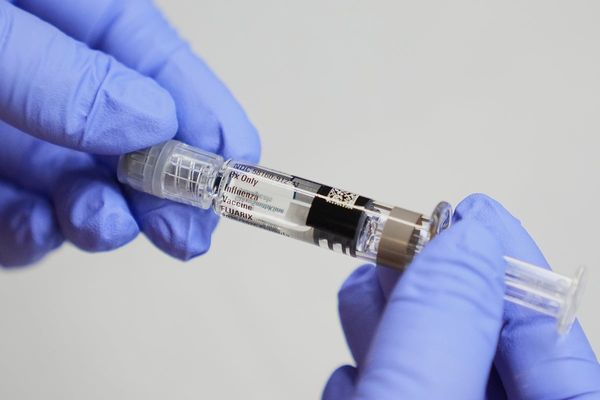
From images of fruit to claims of being “sugar-free”, manufacturers of baby and toddler foods try to convince parents their products are a healthy choice, convenient and good for their child’s development.
But as our new research shows, many are not.
We studied the packaging of 210 foods for infants and toddlers found in New Zealand supermarkets. Every package featured claims, and many showed images of fruit and vegetables, which didn’t reflect the main ingredients used.
The first thousand days of a child’s life are critical. This is when their brains and bodies are growing faster than they will at any other time in their lives. Optimal nutrition is essential at this time for healthy growth, wellbeing, development and to shape eating patterns for life.
It’s also a time when parents are often busy – and industry knows this. Manufacturers play on convenience and use marketing to badge foods that don’t support good health as “nutritious”.
On-pack claims are a powerful marketing tool, and they are effective. They influence consumer perceptions, drive purchasing decisions and can create a health halo around products that don’t deserve it.
Cluttered with claims
The foods we studied had an average of between seven to eight claims on their packaging, with the worst offenders carrying up to 15 claims.
The most common claims were about ingredients that were not in the foods – “free from additives”, “free from colours”. This type of claim can distract parents from what is actually in the food, which could be a high sugar content or highly processed ingredients.
Other claims promoted the food as good for development or an easy choice, playing into parents’ desire to do what’s best for their child and to accommodate busy family lifestyles. Parents shouldn’t have to sift through all these claims to find the information they need to select a healthy option.
Of all the foods, 60% featured images of fruit and 40% displayed images of vegetables, but most didn’t contain any whole fruits and vegetables. Snack foods featuring vegetables often only contain tiny amounts of vegetable juice or powder, and foods featuring fruit images typically contain processed fruit sugars such as pastes and concentrates.
Of most concern was that one in five contained less than 5% fruit. Images of fruits and vegetables give parents and carers the perception of healthiness and influence their purchasing decisions. But should the industry selling these products be allowed to do this when they contain no whole fruits and vegetables at all?
Product names don’t match main ingredients
We also found product names to be misleading. In more than half of the savoury meals, the name did not reflect the main ingredients accurately. Meats or nutrient-dense ingredients such as spinach or legumes were often highlighted in the name but only present in small amounts.
It is a similar story across the Tasman. Australian researchers assessed 330 products available in supermarkets and also found prolific claims and inaccurate names dominating the packaging.
With an average of eight claims on Australian products and a third of foods touting names that don’t accurately reflect ingredients, it’s clear the current bi-national rules developed and administered by Food Standards Australia New Zealand (FSANZ) for on-pack marketing are not sufficient.
Unfortunately, many packaged infant and toddler foods in Australia and New Zealand do not support healthy eating habits. In Australia, only about a quarter of products were found to comply with World Health Organization nutritional recommendations. As yet unpublished research for New Zealand products found only about a third meet these standards. They shouldn’t be marketed as though they do.
We have an opportunity for reform. Earlier this year, food ministers in Australia and New Zealand asked FSANZ to review regulations around claims and names used on products to make sure they don’t mislead and enable caregivers to make informed choices.
This is a great first step. It’s now up to FSANZ to get the rules right. We need comprehensive changes to ensure these foods are marketed responsibly. At a minimum this must include:
no health, nutrition or related claims to be allowed on infant and toddler foods
images of fruits and vegetables only permitted where whole fruits and vegetables form a substantial part of the product
and product names that accurately reflect the ingredients of a product.
The authors acknowledge the following co-authors of research mentioned in this article: Berit Follong, Baylee Wilde and Maria Ferreria in New Zealand, and Andrea Schmidtke, Maree Scully, Rachael Jinnette and Linh Le in Australia.
Sally Mackay has received funding from the Heart Foundation of New Zealand. She is affiliated with Health Coalition Aotearoa.
Jane Martin receives funding from Healthway, VicHealth, Cancer Council Victoria, Medical Research Future Fund, Obesity Australia. She is affiliated with the Global Centre for Preventative Health and Nutrition at Deakin University, Food for Health Alliance which is a member of the Infant and Toddler Foods Research Alliance, Consumer and Public Health Dialogue of Food Standards Australia New Zealand, the Obesity Collective, and the Obesity Evidence Hub.
This article was originally published on The Conversation. Read the original article.







